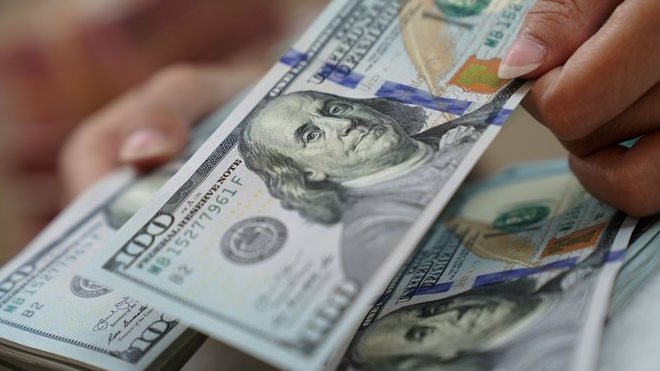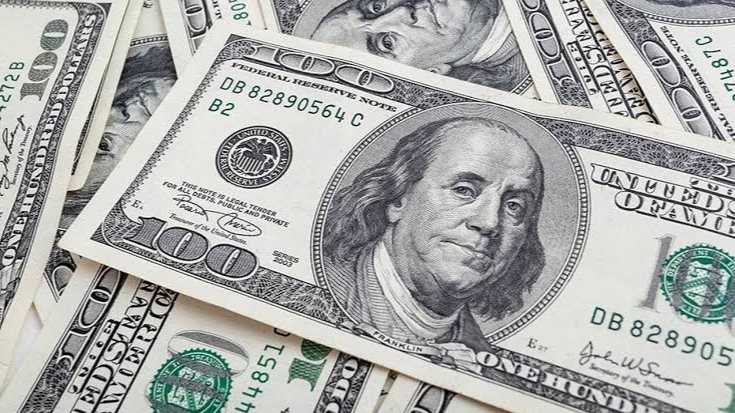
Retail added nearly 16,000 jobs
U.S. added just 73,000 jobs in July and numbers for prior months were revised much lower

Nonfarm payroll growth was slower than expected in July and the unemployment rate ticked higher, raising potential trouble signs for the U.S. labor market as President Donald Trump ramps up tariffs.
Job growth totaled 73,000 for the month, above the June total of 14,000 but below even the meager Dow Jones estimate for a gain of 100,000. June and May totals were revised sharply lower, down by a combined 258,000 from previously announced levels.
At the same time, the unemployment rate rose to 4.2%, in line with the forecast.
The June total came down from the previously stated 147,000, while the May count fell to just 19,000, revised down by 125,000.
Stock market futures fell further after the news while Treasury yields also were sharply lower.
“This is a gamechanger jobs report,” said Heather Long, chief economist at Navy Federal Credit Union. “The labor market is deteriorating quickly.”
The weak report, including the dramatic revisions, could provide incentive for the Federal Reserve to lower interest rates when it next meets in September. Following the report, futures traders raised the odds of a cut at the meeting to 75.5%, up from 40% on Thursday, according to CME Group data.
“This is the slowdown that we’ve been expecting,” said Luke Tilley, chief economist at Wilmington Trust. “Firms are facing a very different cost structure. They need to adapt to a new cost structure, which means holding off on hiring.”
There were few signs of strength in the July jobs count, with gains coming primarily from health care, a sector that has continued to show strength in the post-Covid recovery. The group added 55,000 jobs, easily leading the way. Social assistance also contributed 18,000 jobs. The two sectors combined for some 94% of the job growth.
Retail added nearly 16,000 jobs and the financial sector was up 15,000.
However, federal government employment continued to decline, down 12,000 or the month and 84,000 since its January peak, before Elon Musk’s Department of Government Efficiency began paring down the jobs rolls. Professional and business services lost 14,000.
On wages, average hourly earnings increased 0.3%, meeting the estimate, though the yearly gain of 3.9% was slightly higher than expected.





-1120252475029447.jpg)
-920252122624392.jpg)
















